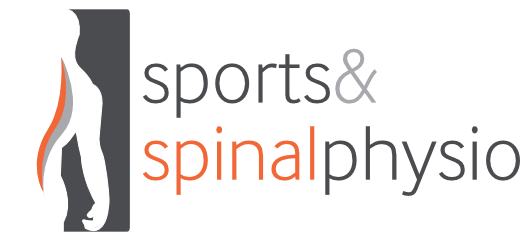News & Blog
Uncontrolled Movement – Pain, Injury and Treatment
The Concept of Relative Flexibility and Stiffness
The term relative flexibility refers to the theory that during movement the body and in particular our joints and soft tissues will take the path of least resistance, that is movement will always occur at a joint or region that is more flexible than a stiffer neighbouring one (Sahrmann 2002). This can occur in tissue and joints next to each other as well as ones that are opposite. For example the fourth lumbar vertebra (the second from last bone in your lower back) might develop increased movement during backward bending to compensate for a stiff upper back or stiff hip flexors. Once a joint or soft tissue has increased in its range of movement to compensate for the adjacent stiffness the supporting structures (ligaments, capsule and muscle) become insufficient at resisting movement in this area. This increased range of movement (or compensation) strains the joint or muscle and causes pain and injury. Restrictions include joint stiffness, muscle or connective tissue shortening, muscle spasm, scarring and increased bone formation or osteophytes.
Uncontrolled Movement
Uncontrolled movement is the term used to describe a body part that a patient finds difficult to control. In the clinic we use specific tests to determine this . Medical research has shown that pain occurs as a result of uncontrolled movement. Relative flexibility is linked to the site of uncontrolled movement i.e. the relatively flexible area is normally the site of uncontrolled movement.
Treatment
When planning treatment of any condition, one must address the stiff joints and muscles with mobilisation and stretching techniques. In addition the patient must be taught exercises that help to control the flexible parts/uncontrolled movement that are causing pain. A skilled approach is required to diagnose this correctly and to teach the most appropriate exercises. At Sports and Spinal Physio our Better Back Programme uses this approach to provide long lasting results for patients with back and neck pain.
For video examples of various test we use to assess for uncontrolled movement please see our YouTube channel
For further reading on Uncontrolled Movement theory and concepts please see Kinetic Control
